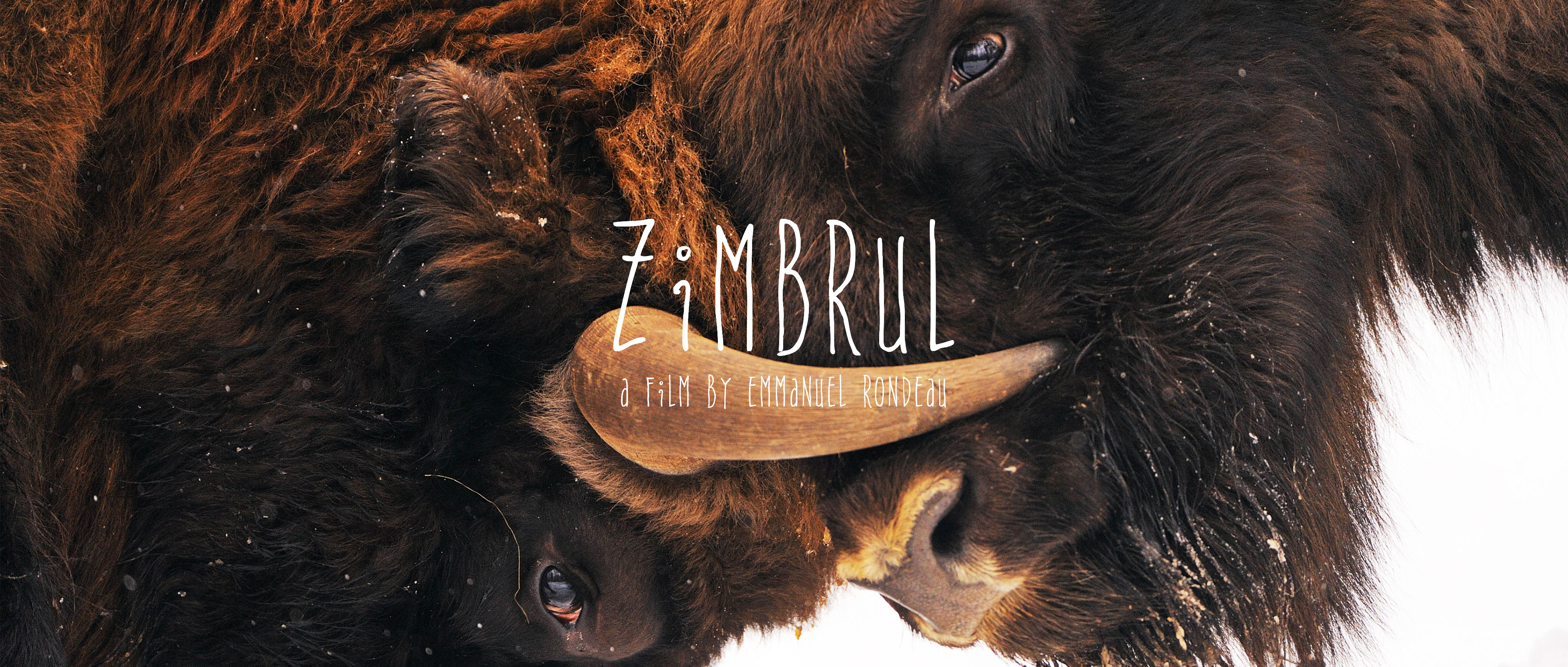NATURE
ZIMBRUL
“Zimbrul” is the film about the incredible story of how by coming back to its former range of Transylvania, the European bison brought with him a new era for the country.
PARTNERS:
WWF Roumania, Rewilding Europe, European Union
DIRECTOR:
WRITER:
Emmanuel Rondeau
Français
Peu d’espèces symbolisent l’état de la conservation de la nature en Europe aussi puissamment que le bison Européen. Presque éradiqué au siècle dernier, il a évité la disparition grace au travail passionné de conservationnistes, à partir de quelques individus conservés en captivité. Bien qu’elle bénéficie dorénavant d’une nouvelle conscience environnementale en Europe, l’espèce n’est toujours pas hors de danger et reste aujourd’hui quasiment inconnue du grand public. Il y a pourtant moins de bisons en Europe que de rhinocéros en Afrique.
Domicile de certaines des derniers écosystèmes intacts en Europe, la Roumanie est actuellement à la croisée des chemins. Des décisions doivent être prises prochainement sur l’apparent conflit qui oppose le développement économique et le développement de la nature. Le fructueux et réussi projet de réintroduction de bisons dans le sud du pays pourrait non seulement changer la vie des locaux et leurs relation à la nature, mais mettre le pays tout entier dans la bonne direction pour les décennies à venir.
English
Few species symbolise the state of nature conservation in Europe as vividly as the European bison. Nearly extinct in the last century, it was rescued by passionate conservationists from the last animals in captivity, and although it is now benefiting from a growing environmental awareness, the European bison is still not out of danger and remains virtually unknown to the general public. There are fewer individuals of our largest European land mammal in the wild than there are black rhinos in Africa.
Home to some of the very last pristine ecosystems in Europe, Romania is currently at a crossroad where decisions have to be taken in the apparent conflict between economic development and nature development. The successful project of Bison reintroduction in the southern part of the country could not only change the life of locals and their relationship with nature, but set the whole country in the right direction for decades to come.

